|
Alignment of yoga asana is commonly taught three different ways.
Some teachers use geometry as the root of alignment, and teach a two-dimensional approach to the body: straight lines. Others use a three-dimensional approach, incorporating the planes of the body; sagittal, coronal, transverse. This focuses on the movement of the posture through space. The third method of alignment does not use geometry as the foundation, but focuses on human anatomy. While all three versions use science, each methodology produces widely varied results. The first method of alignment focuses on using straight lines. A great example of this is Standing Bow Pose. Applying this method to Standing Bow would mean that the reaching arm should be exactly parallel to the floor, and from the side, the kicking foot should stack directly on top of the standing foot. (What happens in the spine or the hips would matter little if those two elements are achieved.) This method of alignment is often used for competition or in photos, because it is visually very beautiful. However, the since the focus is largely on the appearance, a certain amount of depth in the pose is necessary. This can sometimes lead to injuries. The second method still uses geometry but is three-dimensional. Keeping the same example of Standing Bow, we would have to tweak our technique slightly in order to follow these rules of alignment. The hips would need to remain "square" or aligned in the sagittal and coronal plane. Also, the upper body would need to align in the sagittal plane and remain straight, without a twist. This method would generally be safer for the body over time, since depth is not required. However, this method may not look as impressive. The third method uses functional anatomy. This method is not concerned with appearance or the application of outward conceptual grids, but rather the usage of the muscles. For Standing Bow then, the primary focuses would be the eccentric contraction of the standing leg hamstring, the contraction of the erectors of the back, and the glutes of the kicking leg. This method is generally safest for the body, since the practitioner is focused on only going as far as their strength can take them. However, this method is difficult for teachers because it requires a significant amount of anatomical understanding from them and the student. Each method of alignment has something to offer a teacher and a practitioner. It has even more to offer when we are clear about the goals of the student and how best to guide them.
0 Comments
Leave a Reply. |
AUTHORSScott & Ida are Yoga Acharyas (Masters of Yoga). They are scholars as well as practitioners of yogic postures, breath control and meditation. They are the head teachers of Ghosh Yoga.
POPULAR- The 113 Postures of Ghosh Yoga
- Make the Hamstrings Strong, Not Long - Understanding Chair Posture - Lock the Knee History - It Doesn't Matter If Your Head Is On Your Knee - Bow Pose (Dhanurasana) - 5 Reasons To Backbend - Origins of Standing Bow - The Traditional Yoga In Bikram's Class - What About the Women?! - Through Bishnu's Eyes - Why Teaching Is Not a Personal Practice Categories
All
Archives
April 2024
|

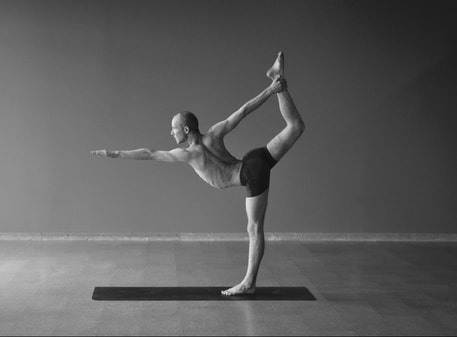
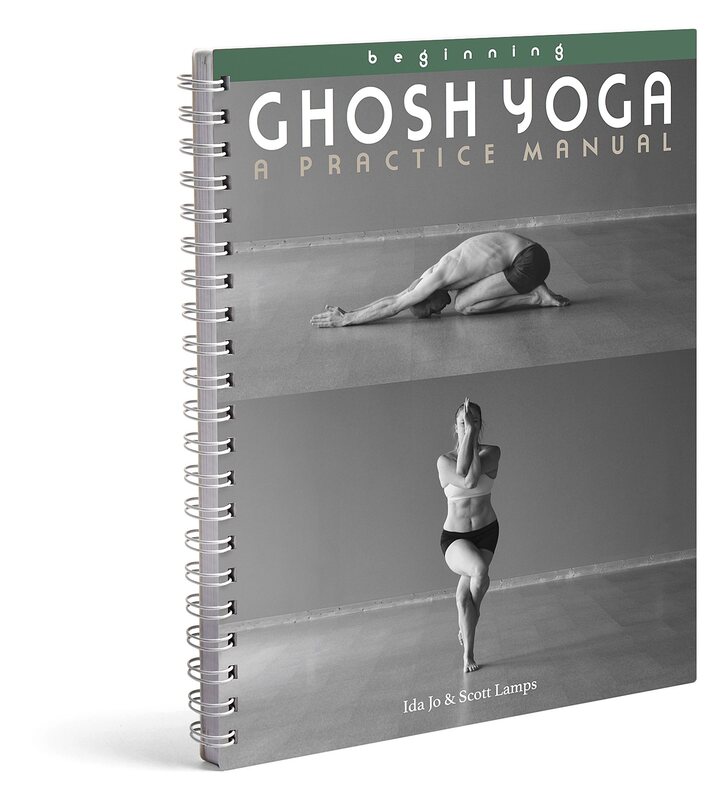
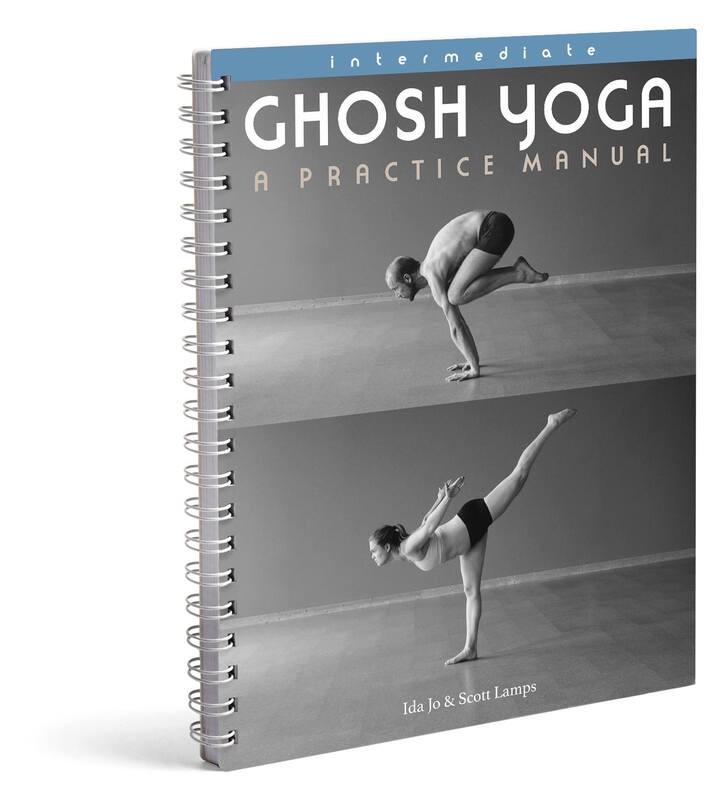
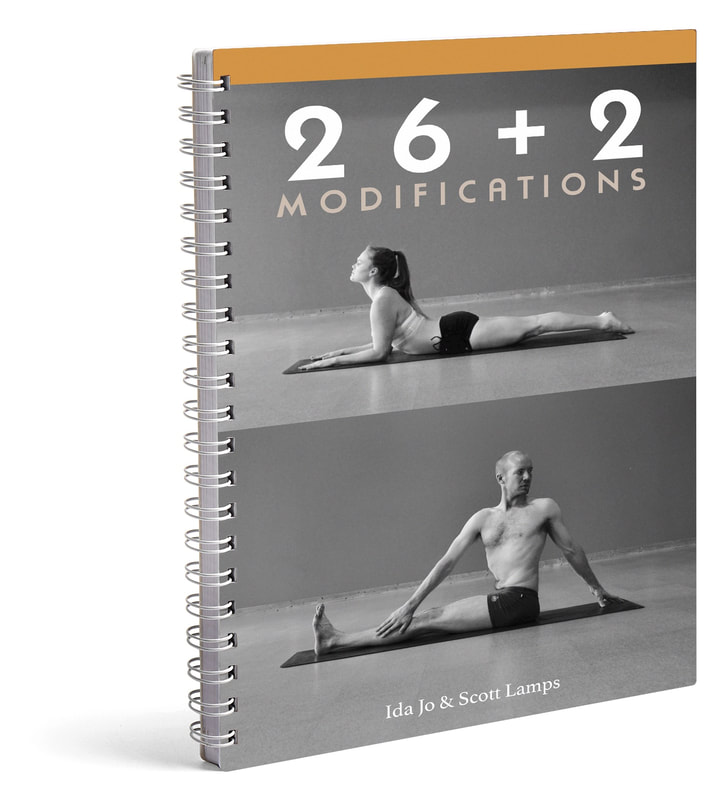
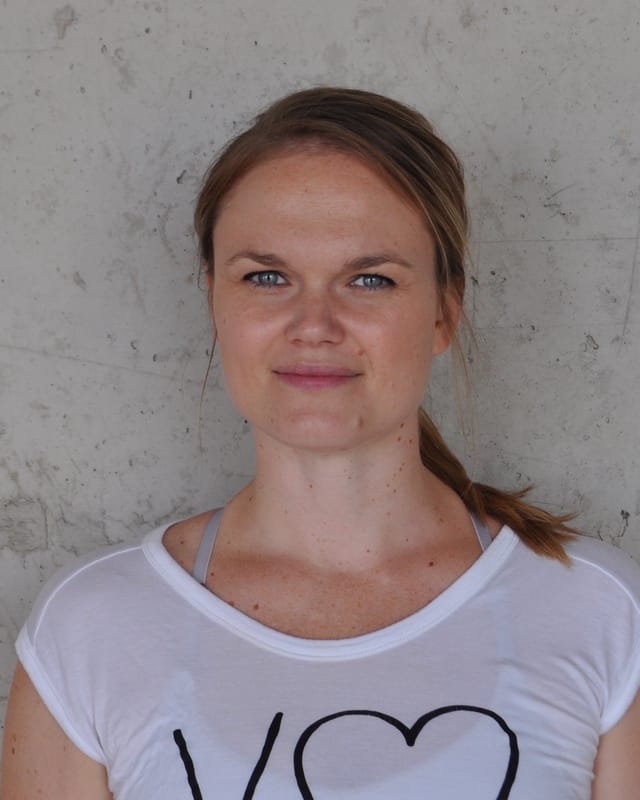
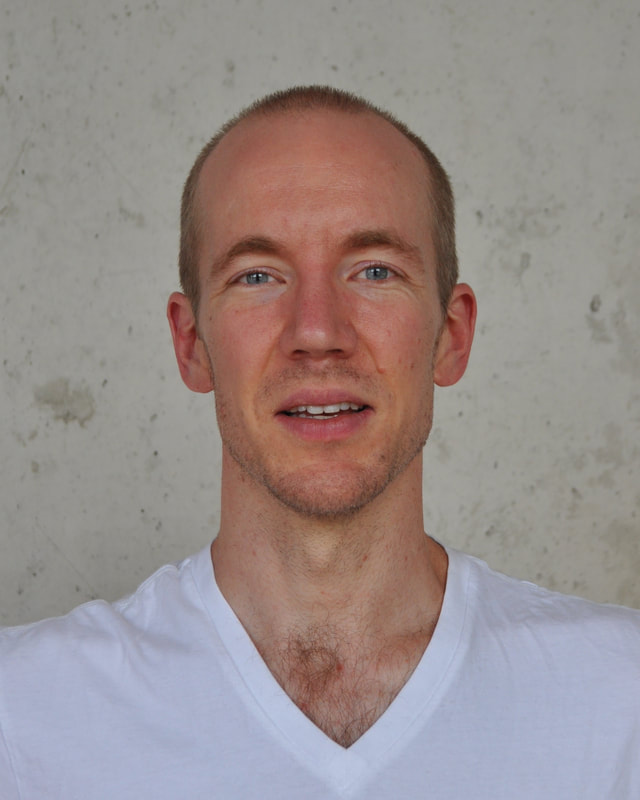
 RSS Feed
RSS Feed